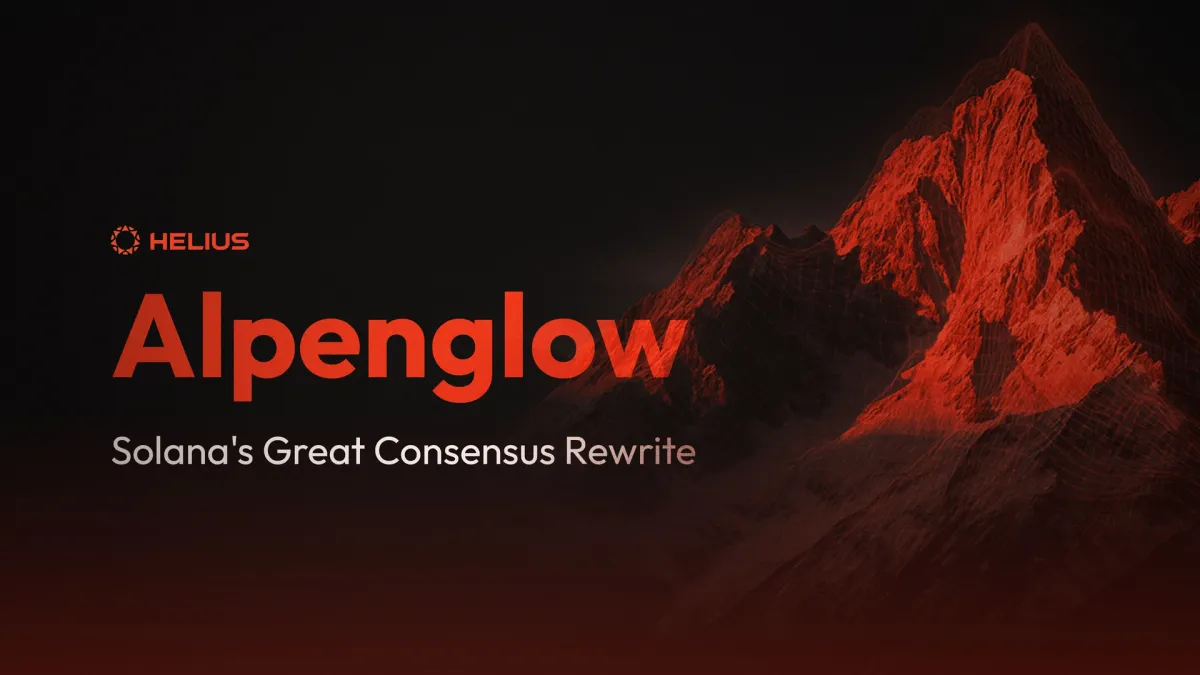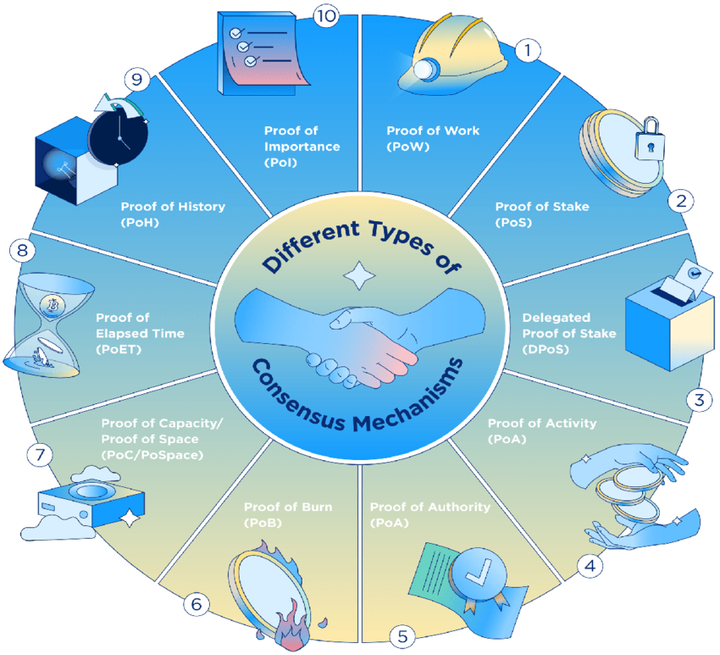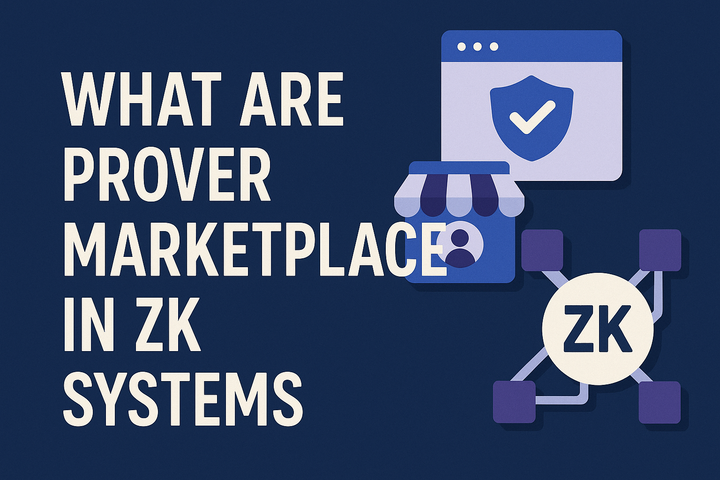Solana Overview: Current Architecture, Limitations, and Future Development

Introduction to Solana's Architecture
1Solana is a high-performance blockchain platform that leverages unique technologies to achieve fast transaction speeds and low fees.
Its core is based on Proof of History (PoH) — a cryptographic mechanism that creates a time-ordered sequence of events. This allows for quick and efficient transaction ordering without constant message exchanges between nodes.
On top of PoH operates Tower BFT, a consensus mechanism that ensures security and finality. It uses validator voting to reach agreement and provides two levels of finality: optimistic (around 500-600 ms) and deterministic (about 12.8 seconds).
Limitations of the Current System
2Despite impressive performance, Solana’s existing architecture faces several challenges:
1. High voting costs: Validators must continuously send vote transactions, increasing load and expenses.
2. Finality delays: Achieving full confidence takes significant time (up to 12 seconds), which hampers real-time applications.
3. Network partition vulnerability: In case of network splits or attacks, liveness (network operability) can be affected.
4. Operational complexity: Running validators requires powerful servers and complex management.
5. Risk of network stalls: In extreme situations, the network may experience halts or failures.
These limitations hinder scalability, reduce cost-efficiency, and complicate network maintenance.
What is the Alpenglow Protocol?
3In response to these challenges, the Solana team is developing a major upgrade called Alpenglow — a comprehensive overhaul of the network’s architecture. Its main goal is to eliminate existing shortcomings and provide a faster, more reliable, and easier-to-operate network.
Key features of Alpenglow include:
1. Off-chain consensus decisions: All consensus activities are moved outside the blockchain, reducing on-chain load.
2. Faster finality: Average block confirmation times are reduced to approximately 150 milliseconds.
3. Protocol simplification: Components like PoH, Tower BFT, and gossip-based vote propagation are removed.
4. Support for future improvements: Enables asynchronous transaction execution and multiple leaders simultaneously.
This makes the network lighter, less costly, and more resilient against failures.
What will change for network participants?
4Transitioning to Alpenglow will bring significant benefits:
- For validators: Reduced operational costs due to elimination of continuous voting; participation becomes accessible even with fewer resources.
-For developers: Lower latency allows creating more responsive real-time applications.
-For users: Increased reliability and faster transaction confirmations.
For the ecosystem as a whole: Improved scalability without compromising security.
Summary and Future Outlook
5The upgrade to the Alpenglow protocol is an important step in Solana’s development.
It aims to address current limitations, boost network speed, and lower operational costs.
As a result, Solana will be better equipped to support large-scale decentralized applications, real-time gaming, financial services, and more.
Developers are already working on implementing this protocol; test versions are available on GitHub. Looking ahead, further innovations are expected that will make Solana even more powerful and user-friendly worldwide.



Comments ()